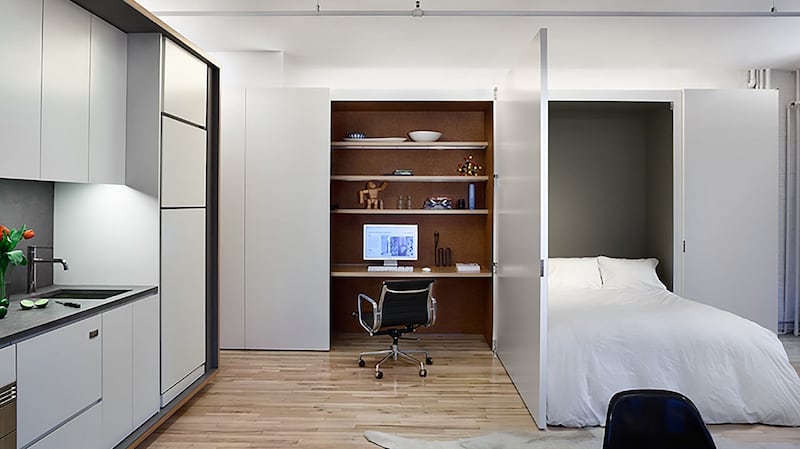I came across a company in the US recently that designs what it calls “multi-generational houses”. These are homes specifically designed for multiple generations of the same family to live in. They feature things such as “in-law suites” and include a number of private areas for independent living such as kitchenettes, private bathrooms, and even multiple living areas.
There are a number of reasons why this kind of home might be an attractive option. The average age of Ireland’s first-time buyer is now 33, and it’s likely this figure is going to rise in the years to come.
The challenges faced by young people in buying their first home coupled with very high rental prices means renting or buying is simply not an option, and they are left with no choice but to move back home to live with their parents.

At the other end of the age spectrum, the elderly are living a lot longer and as many struggle to live on their own, it is becoming far more common for elderly parents to move in with their children for support.
According to research conducted for the Telegraph by Barclays Bank, two-thirds of people in the UK believe the solution to an ageing population would be to move towards a multi-generational household, although only 16 per cent said their current house would be suitable.
Adapting your home to accommodate this kind of change should be carefully planned to ensure the house works for everyone; otherwise, you might find it becomes an incredibly stressful place in which to live.
These changes can be easier to make than you think. An attic conversion, for example, is a great way to gain an additional bedroom for children moving back home. Or if your parents are moving in, you may want to consider a ground floor extension or garage conversion to avoid them having to deal with stairs.
But whether it’s children coming back to live at home or elderly parents moving in, creating private or semi-private spaces is the key to success as it means that everyone can live together without feeling like they are under any one’s feet.
Something else you might consider is adding a basement, which is not the first thing that springs to mind here in Ireland but is very popular in many other countries. About 80 per cent of all new homes in Germany have a basement, for example. You can even decide to keep your basement separate from your main home by building it under your garden, as opposed to under your house.
Independence
Treating new bedrooms more like hotel rooms – with their own seating area, TV and small desk – will mean they become more of a living space rather than simply a bedroom. You could even consider including tea- and coffee-making facilities or a small kitchen area where simple snacks can be prepared, taking pressure off the main kitchen in the house and giving your new house guests a little more independence.
But if you can’t afford to add any significant amount of extra space, there are simple changes you can make which will help your home to adapt to the needs of all the occupants.
Are there any unused or under-used rooms or spaces where you could create a small additional living space or TV area like a home office or guest bedroom?
Adding en suite bathrooms to some of your existing bedrooms, for example, is a wise investment. Queues for the bathroom are something you will definitely want to avoid.
Denise O’Connor is an architect and design consultant











